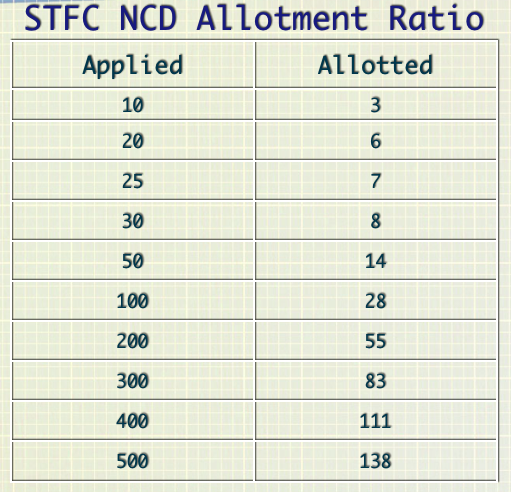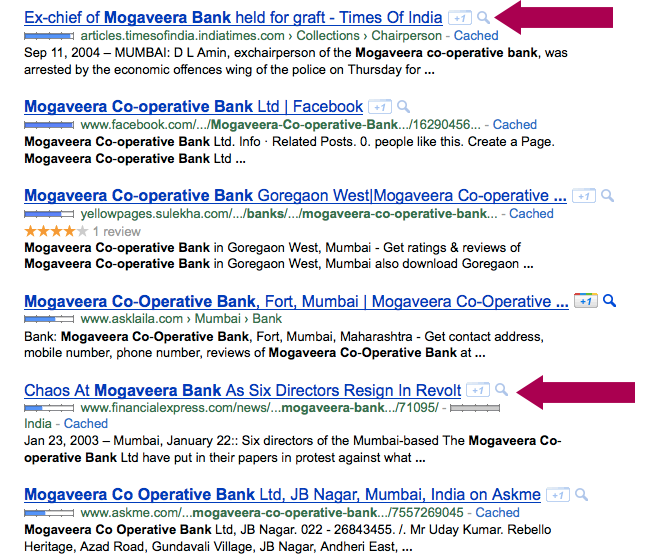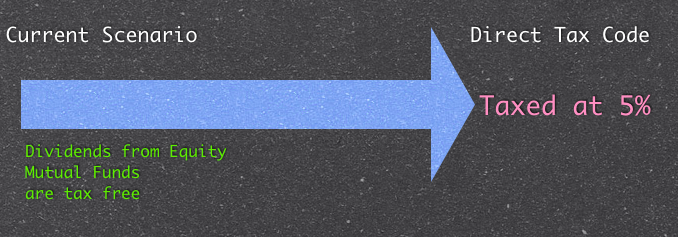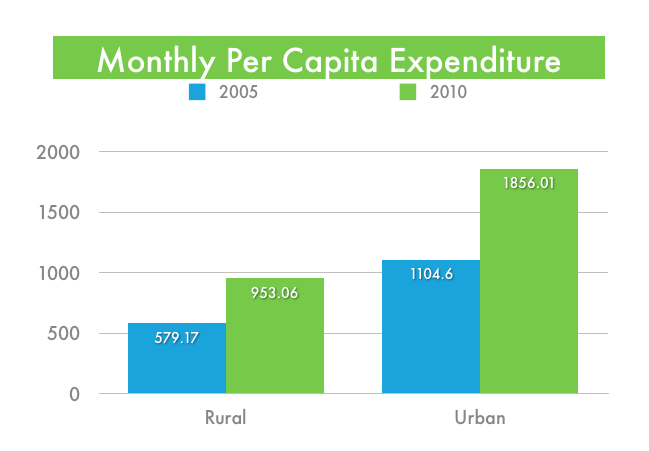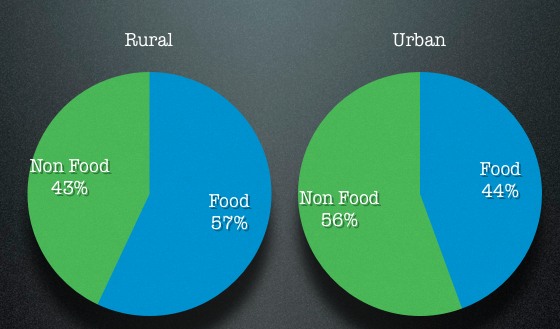Last week Hemant wrote an excellent piece about how talking heads on TV keep getting wrong all the time, and then come back on TV, and give some more advice.
That post largely deals with who you shouldn’t listen to, and in my mind, the obvious next question is who do you listen to?
Thinking about this question led to a bit of introspection, and I thought about some guidelines that I follow and have created over the years. Obviously, I didn’t sit under a tree for years contemplating about this question, but they evolved over a period of time watching and learning what works, and what doesn’t. What you see below are 6 guidelines that are like second nature to me.
1. First, stop listening to people who get it wrong most of the time: There is no one in the world who doesn’t make mistakes, and get it wrong, so if I look for someone who never makes mistake I’ll not be able to listen to anyone at all.
However, if you get it wrong over and over again, and are more wrong than right, then I don’t want to listen to you. You will just drop off my radar, and I won’t spend any time listening to you.
2. Stop listening to people with heavy biases: For a long time, I couldn’t figure out why obviously smart people say wrong or misleading things. But when you read about things like paid news phenomenon, and about cultural, ideological and other biases you understand that your best intention is not always on the mind of people who are on TV or are writing in the news.
Being a blogger with a reasonable audience has helped me experience this first hand. I come across a few pitches every once in a while (not often) about reviewing a product in return of something. It’s always subtle, but I can only imagine the “temptations” that prominent TV personalities must have.
If I see someone harping one side of the story, and denying obvious truths then that person will drop off my radar as well.
3. Start listening to people you can understand: Clarity of thought and speech is something that I value a lot, and I believe that if someone can explain something to me in simple language that person has a really good grasp on the subject.
Complexity, jargon and high sounding words sound impressive to a lot of folks, and I feel that it’s generally true that people get impressed by things that they don’t fully understand precisely because they don’t fully understand it, and are awed by it.
However, it takes a really knowledgeable person to not only understand complex subjects, but be able to explain them in simple words so that everyone else understands them as well.
The best example I can think of is Warren Buffet. I’ve read most of his letters, and lap up everything he says, and everything is just so easily understandable. It’s incredible how easy he makes it sound.
4. Please back it up with data:Â There is never any shortage of opinions, but there is always a shortage of opinions that are backed by meaningful data.
I remember once there was an agent here harping on the benefits of ULIPS, and how they are so much better than mutual funds, and gave some six or seven points about them. I replied asking for numbers to support any of those claims, and the person replied asking what data I wanted.
If I need to tell you what data you should give me to prove points that you’re making, then I’ve already wasted time reading, and replying to one of your comments, and I don’t intend to waste any more time in that conversation.
You are welcome to have opinions, but if they are not backed by facts and figures, it’s hard to take them seriously.
5. Listen to the best: If you wanted some general advice on advertising why not read Ogilvy’s two books? Wouldn’t he be the first one you approach if you had an advertising related question, and had access to him? Why not take advantage of whatever he is written and is publicly available.
I take this example because I see thousands of bloggers following other moderately successful bloggers and “internet gurus”, but never consider reading stuff from the gurus who have handled multi million dollar advertising accounts, and have been in the business for ages. Same is true for other fields as well.
6. Differentiate fact and opinion: I read this headline yesterday:
Gold Powers To New High; No Signs of Top Close at Hand
The part before the semi – colon is fact. It’s true that gold powered to new highs, but the part after the semi colon is opinion. It might be the opinion of the columnist, a poll of economists, or some commodity expert, but it’s an opinion.
The editorial pages in a newspaper are supposed to contain the opinion of the newspapers, and the rest of the paper should theoretically contain facts devoid of the ideological or other biases of the paper, but you hardly ever see anyone practice this rigorously.
By their very nature, blogs tend to be more opinionated because they are driven by the personality of the author. This piece itself is an opinion piece which is nothing but things that have worked for me.
There’s nothing wrong with seeking opinion but it’s important to know opinion from fact, so you can decide for yourself, and not confuse the two. It would be nice if papers, and bloggers were more sensitive to this, but that’s not going to happen, so you need to develop an alertness to this yourself.
Conclusion
These guidelines have become second nature to me. I can’t read something or listen to someone without evaluating them on these parameters whether I am consciously aware of it at that time or not.
What about you? Do you have any definite thoughts on who you want to follow, and who you want to ignore?
Edit: Removed an extra “the” from the Differentiate….sentence.Â


